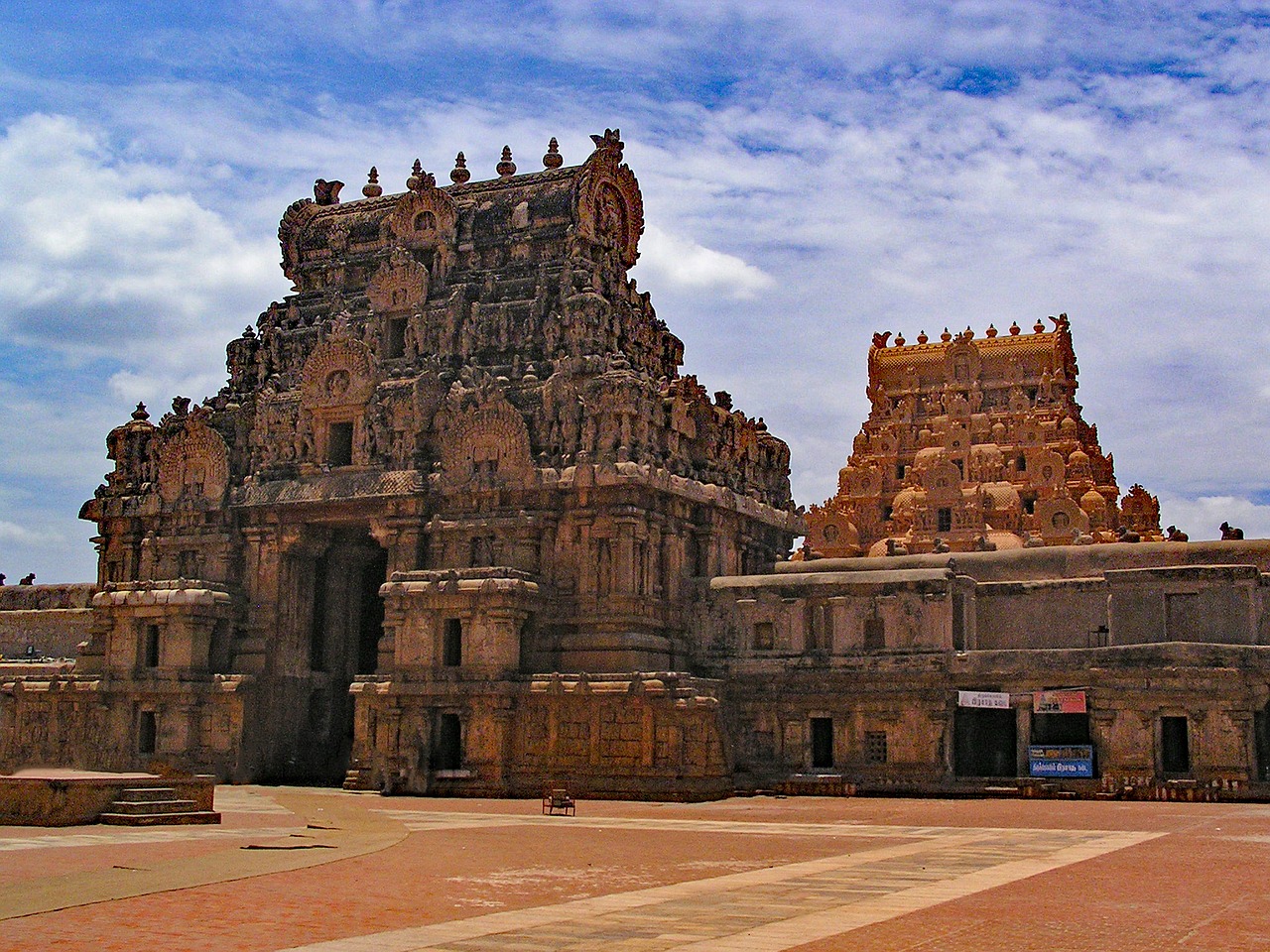
We take pride in the architectural diversity of our country ranging from temples, caves, and mosques to palaces and stupas. Let us discuss one of the most beautiful destinations of Tamil Nadu, that is Brihadeswara Temple located at the South Bank of the river Cauvery in Thanjavur, Tamil Nadu, India.
Thanjavur is popularly known as ‘The Rice Bowl of Tamil Nadu’ because of the rice production in the delta region of river Cauvery. This temple as well as the culture, and architecture of Thanjavur is famous throughout the world for its esteem.
Construction of Brihadeswara Temple
The Brihadeshwara Temple was built by Tamil king Raja Raja Chola I. It is a Hindu temple dedicated to Lord Shiva. Brihadeeswara Temple is also called Rajarajesvaram or Peruvudaiyar Kovil. It is one of the largest temples in South India and is a beautiful manifestation of Dravidian architecture. This temple features in the UNESCO World Heritage Site complex the “Great Living Chola Temples“.
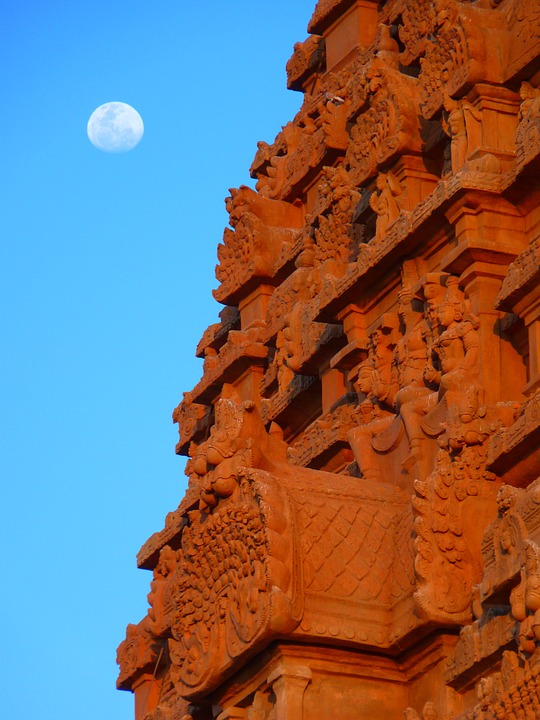
The brilliant architecture of the temple mesmerizes all the devotees and admirers. The construction of the temple started in the year 1003 and ended in 1010 AD. It took just seven years for them to construct such a peerless piece of architecture, representing the culture during the Chola Dynasty in India.
Today, with all the recent available technology if we need to replicate constructing a similar temple, it will take at least 15 years. Not just that, there is no evidence of mountains or rocks around 100 miles around the temple but still, this temple was constructed with 1.3 Lakh tons of granite stones. One wonders how they managed to get the raw materials. That’s the potential of our legendary architects. The temple is spread over 44.7 acres of land and it stands a whopping 216 feet tall.
Some Interesting Facts
There are 9 lines inscribed on the wall of Brihadeeswara Temple. To read the first line one needs to follow the wall and the person would eventually complete one round of the temple. If a person needs to read all the 9 lines inscribed on the wall, then he needs to walk 9 complete rounds. How brilliant it is! Can you imagine a temple built 1000 years ago has so much thought process involved in it!
Some of the writings are even in Hindi because the Marathas invaded this place and during that time they used Hindi as their language. This also showcases the diversity of Indian culture.
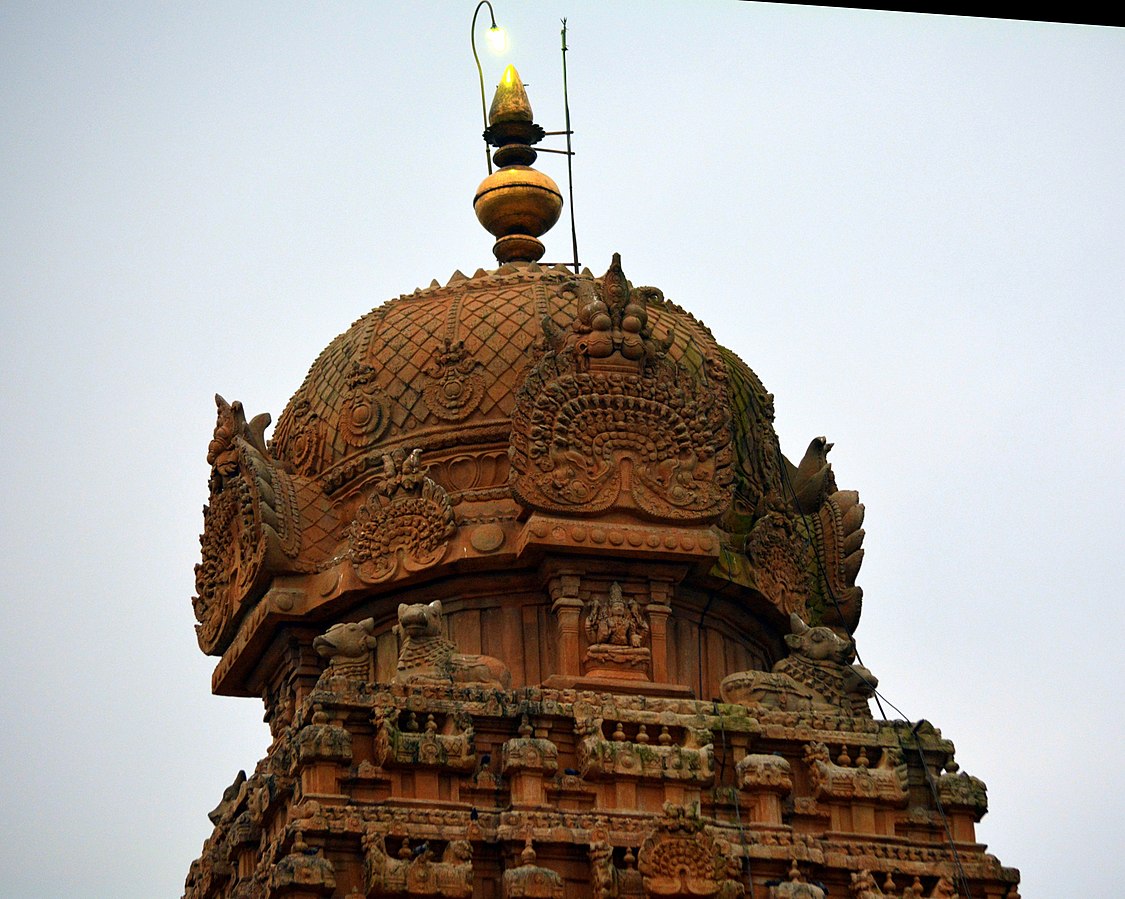
The Vimana is the tallest in entire South India and during the construction; this was the tallest structure in the entire world. The Vimana on the top weights 81 tons; it is still a mystery how it is placed at such a height.
Some people say a ramp of six km was made. With the help of elephants, horses, and laborers the Vimana was carried to the top through the ramp. They also quote that it took 6 years for them to complete the process of building vimana alone. Others say that the Vimana is moved to top using telekinesis. Telekinesis is a hypothetical or mythological process in which an object is moved without physical interaction. None of the Archaeologists has spotted the exact way of how this magnificent structure was built.
Architectural Beauty of the Brihadeshwara Temple
The humane beauty of this temple is that the walls are inscribed with the names of all the laborers who build the temple. It is said that there was one old lady who couldn’t help in the construction of the temple. She told the King she is of no use but still offered to help with curd and buttermilk.
The King was delighted. If you think her name would have also been inscribed on the wall of the temple then you are not entirely correct. Her name is inscribed on the 81-ton Vimana. Yes, the Vimana is named after her. This shows the real value of life and the true Indian culture is witnessed here.
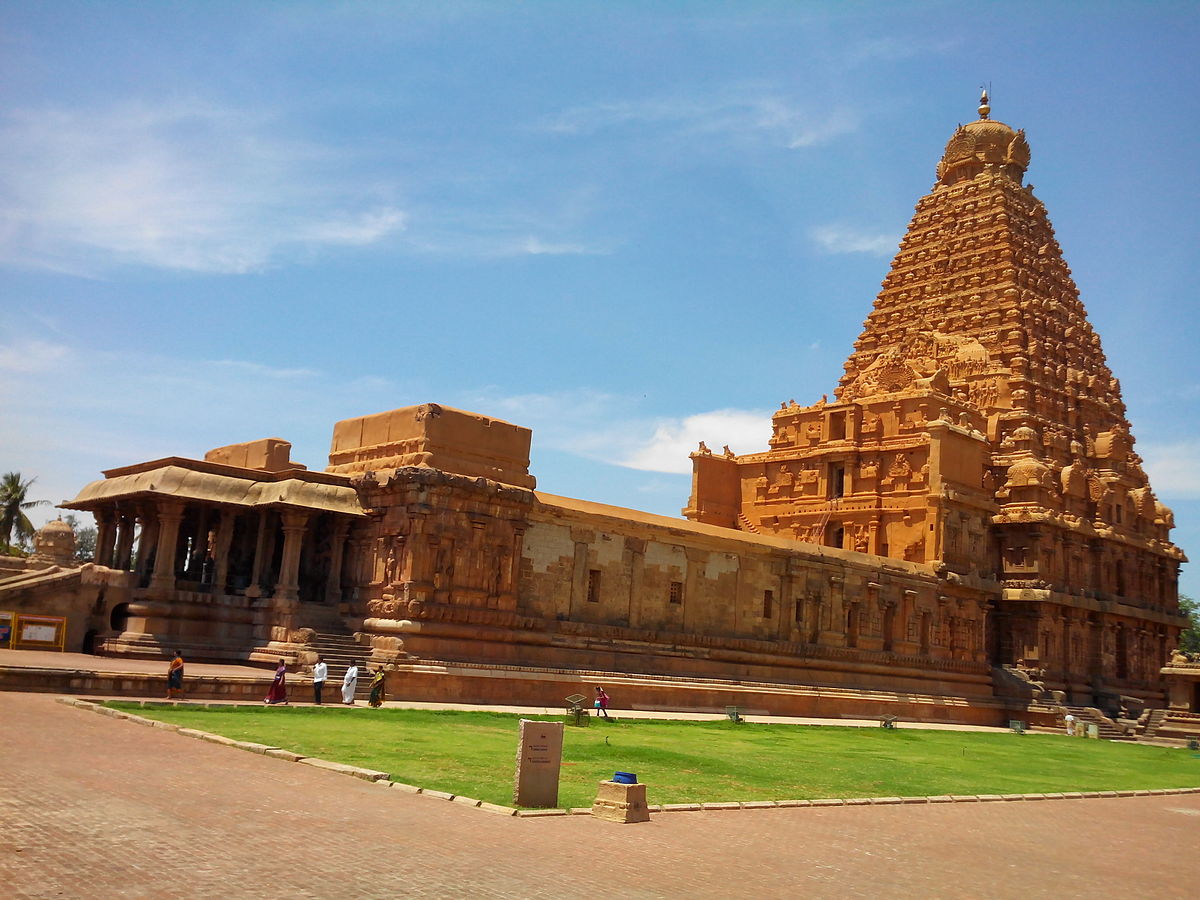
Brihadeshwara Nandi
The main attraction of the temple is the original Nandhi which is known as the Otraikal Nandhi. As the name implies the Nandhi is carved out of single stone [Otrai (single) Kal (stone) Nandhi in the Tamil language]. The Nandhi which stands now is the replacement of the old one of Maratha King. It is said that the original one started growing like a living being. Isn’t it surprising?
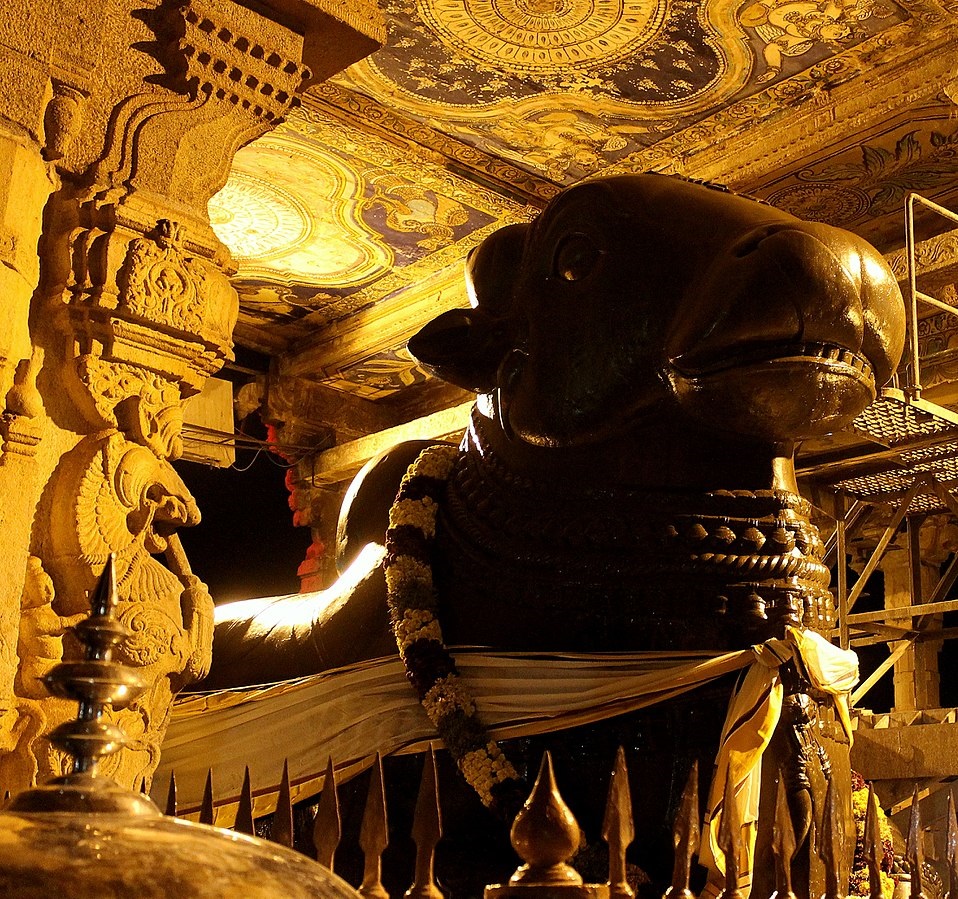
In these 1000 years, the temple has faced six major earthquakes and there is not even a single crack in the temple. That’s because the temple is constructed without digging the earth by using the concept of dynamic engineering. There are so many such engineering concepts that are used in the construction of this temple which is very astonishing because most of the concepts are discovered several centuries after the construction of this temple.
With all these, this temple stands as the pride of Indian architecture and an unbeatable architectural marvel for several centuries to come.
